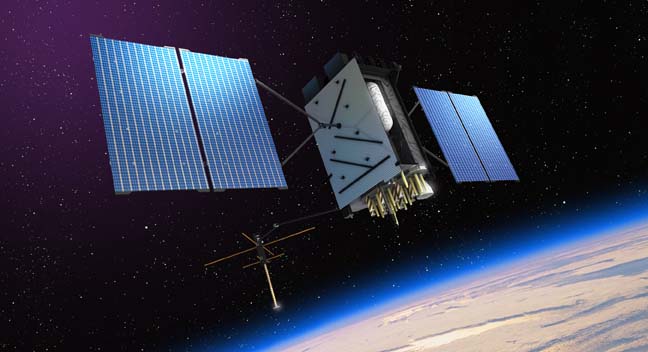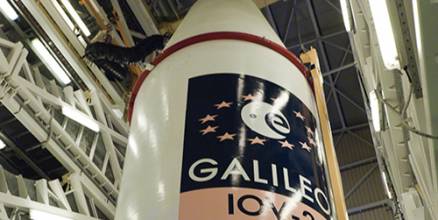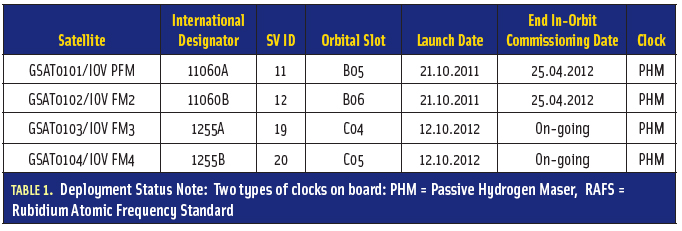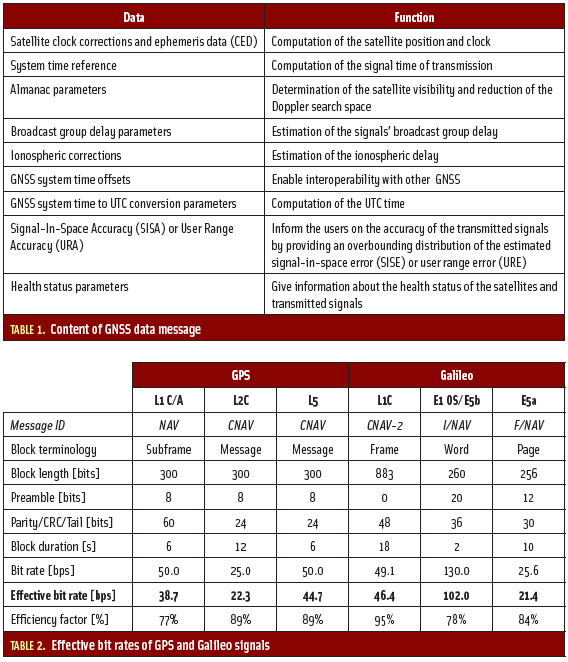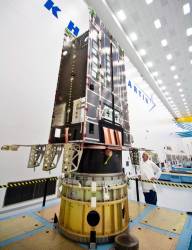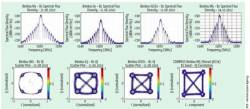Air Force Examining Broader Options for Next GPS III Satellite Buy
 Gen. William Shelton. DoD photo
Gen. William Shelton. DoD photoThe Air Force will decide this fall whether to build more GPS III satellites or move to a new generation of spacecraft, the leader of Air Force Space Command told Congress last week.
“We’re on contract right now . . . through (GPS III) satellite vehicle number eight. Satellite vehicles nine and beyond – the acquisition strategy for that – will be debated in the fall,” General William Shelton, commander of Air Force Space Command (AFSPC), told the House Armed Services Committee on April 25.
By Inside GNSS


